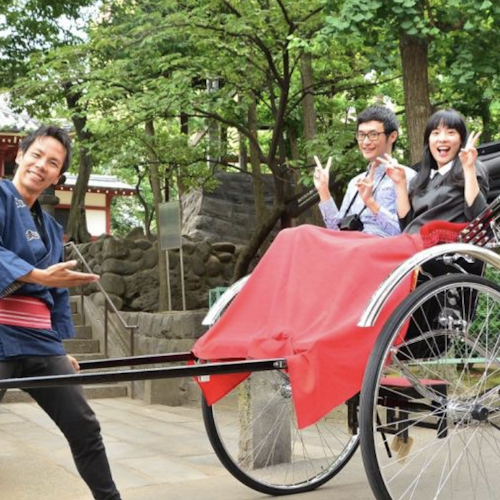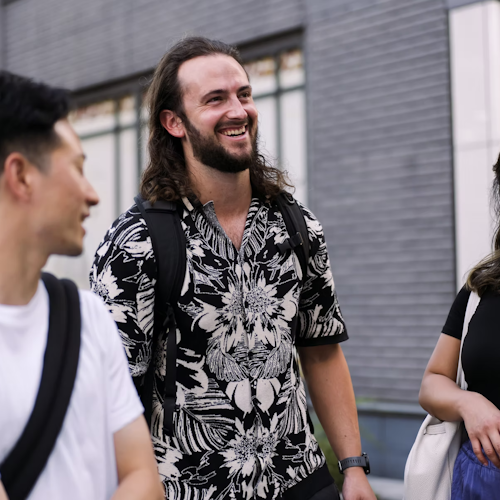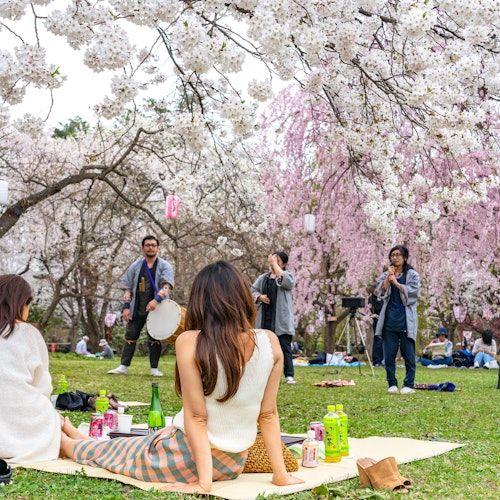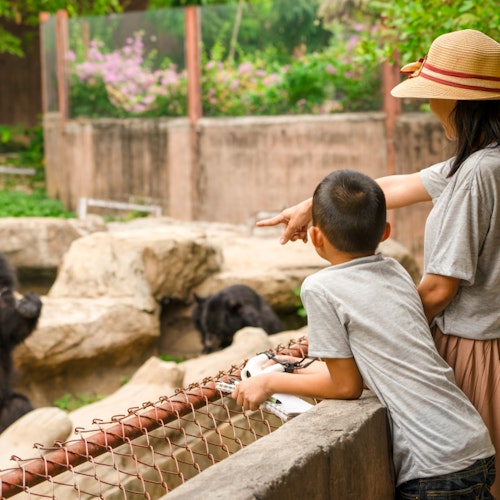
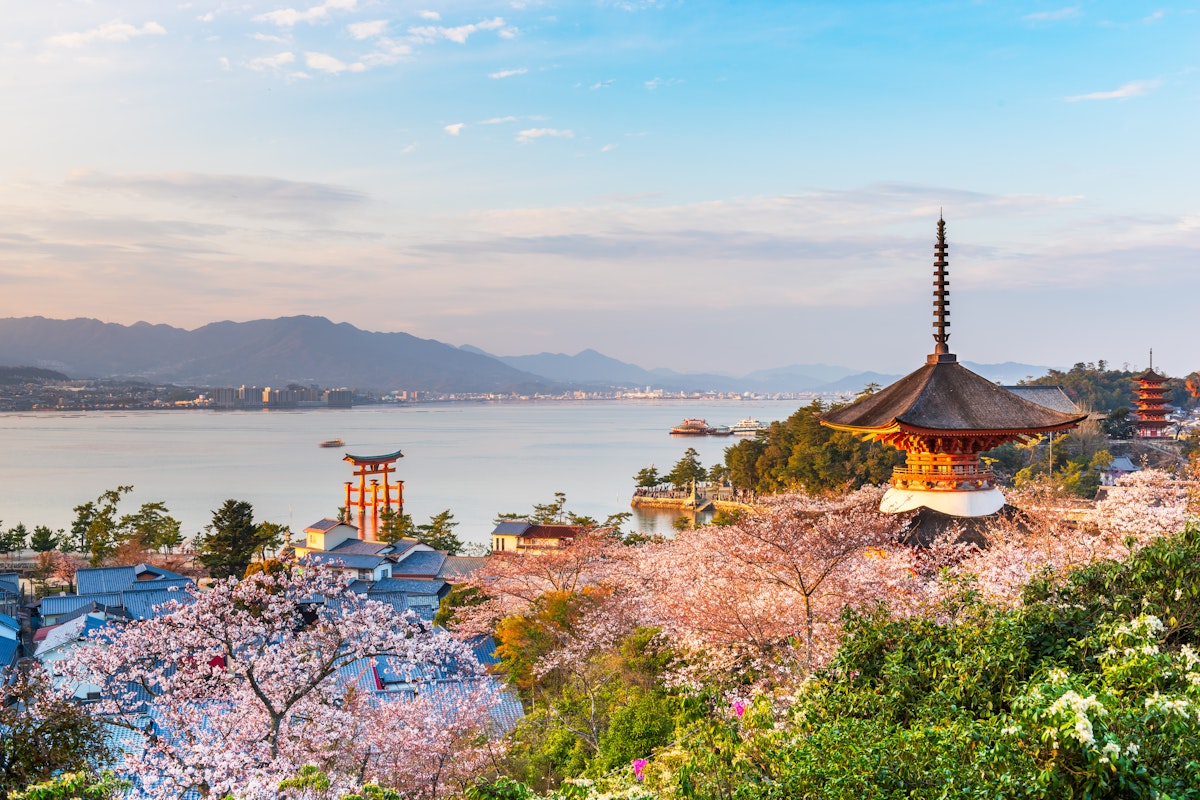
Miyajima Island, often called "Shrine Island," is a must-see destination in Japan. It is famous for its serene beauty and iconic landmarks like the Itsukushima Shrine and the floating Torii gate.
A quick day trip from Hiroshima, this island blends natural beauty with deep spiritual and historical significance, offering incredible experiences to all who visit. Whether you're keen to hike Mount Misen, explore centuries-old temples, or bask in the peaceful surroundings, there's plenty to discover.
This guide will provide insider tips on visiting Miyajima, ensuring you make the most of your trip to this UNESCO World Heritage Site.

Discover the historical allure of Hiroshima and the natural beauty of Miyajima on this tour.
Miyajima Island, also known as Itsukushima, is located in the Seto Inland Sea, about 20 kilometers southwest of Hiroshima City. The island is famed for the Itsukushima Shinto Shrine, a magnificent Shinto shrine that appears to float on water at high tide.
The island is accessible via a short ferry ride from the mainland, and it's easy to visit Miyajima Japan as a day trip from Hiroshima Station or even further afield with a JR Pass. The island's serene landscapes and cultural and spiritual landmarks make it one of Japan's most cherished tourist destinations.
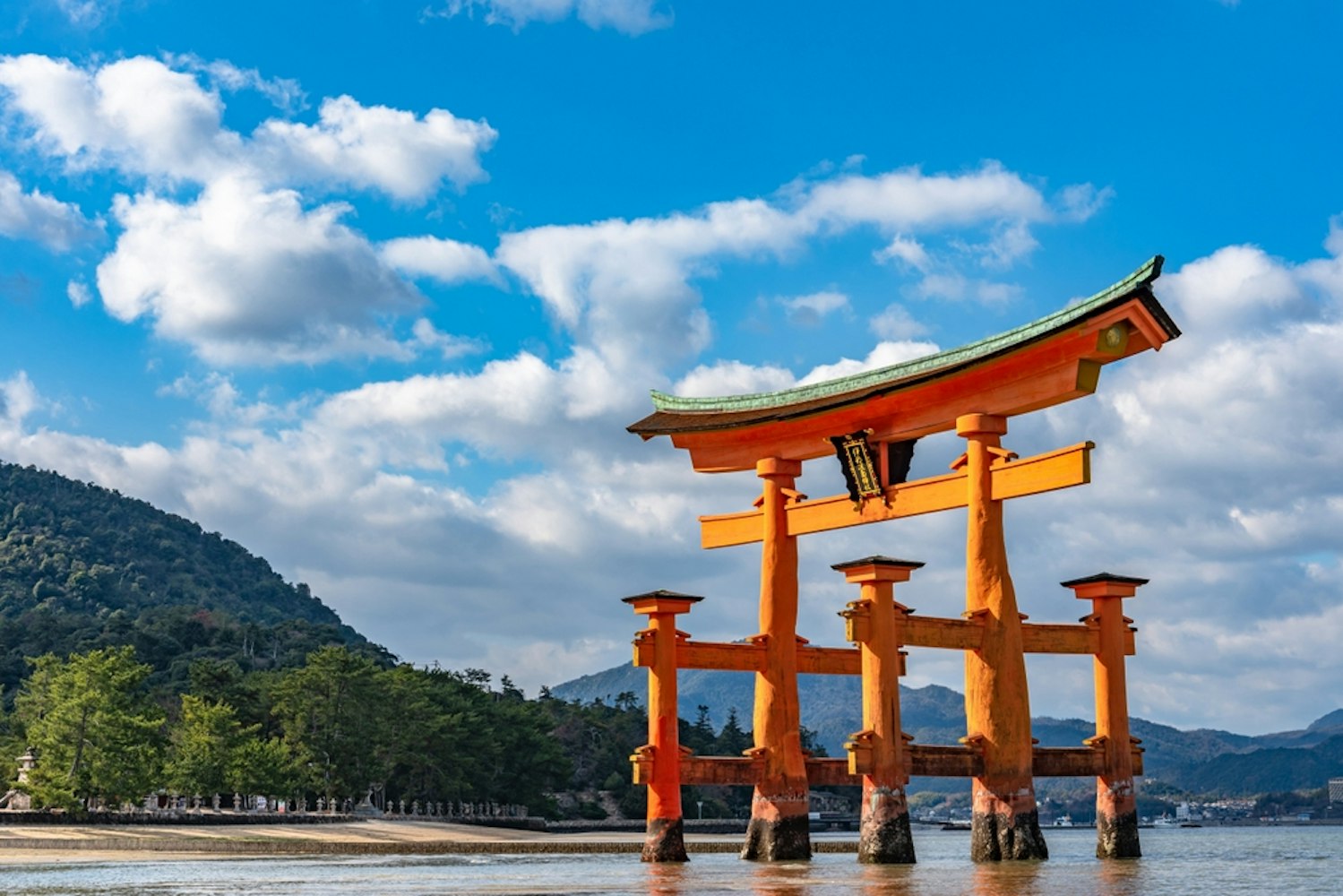
The floating Torii gate of the Itsukushima Shrine on Miyajima Island is an iconic symbol of Japan. During high tide, the gate floats, creating a magical scene where the structure rises above the Seto Inland Sea.
Visitors can walk right up to the gate during low tide to experience its impressive scale firsthand. One of the most breathtaking times to view the Torii gate is sunset, when it glows in vibrant hues against the tranquil waters, offering a stunning backdrop for photos.
If you visit after dark, the shrine and gate are also beautifully illuminated until late at night, providing a serene and ethereal experience.
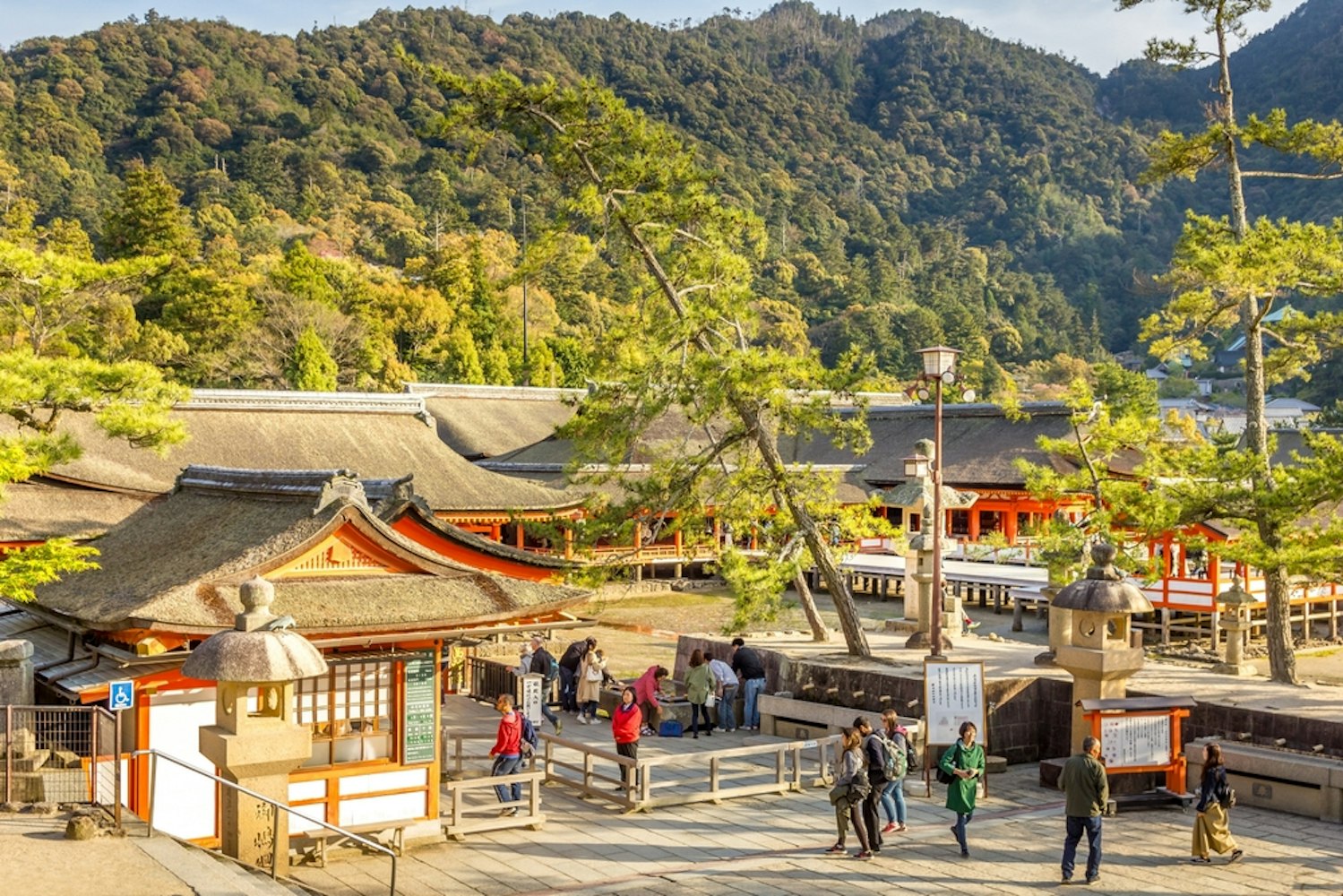
The Itsukushima Shinto Shrine on Miyajima Island is one of Japan's most iconic and revered spiritual sites. It was registered as a UNESCO World Heritage Site in 1996.
The shrine was originally built in the 6th century and reconstructed in the 12th century by Taira no Kiyomori, reflecting its long-standing significance in Japanese history. Its unique architectural style allows the shrine to appear as if it is floating on water during high tide, creating an ethereal experience that beautifully contrasts the sea and mountains surrounding it.
Visitors can explore the intricately designed main halls connected by wooden corridors that sit above the water. These architectural marvels highlight the craftsmanship of the Heian period and emphasize the harmonious integration of nature and spirituality that defines Shinto beliefs.
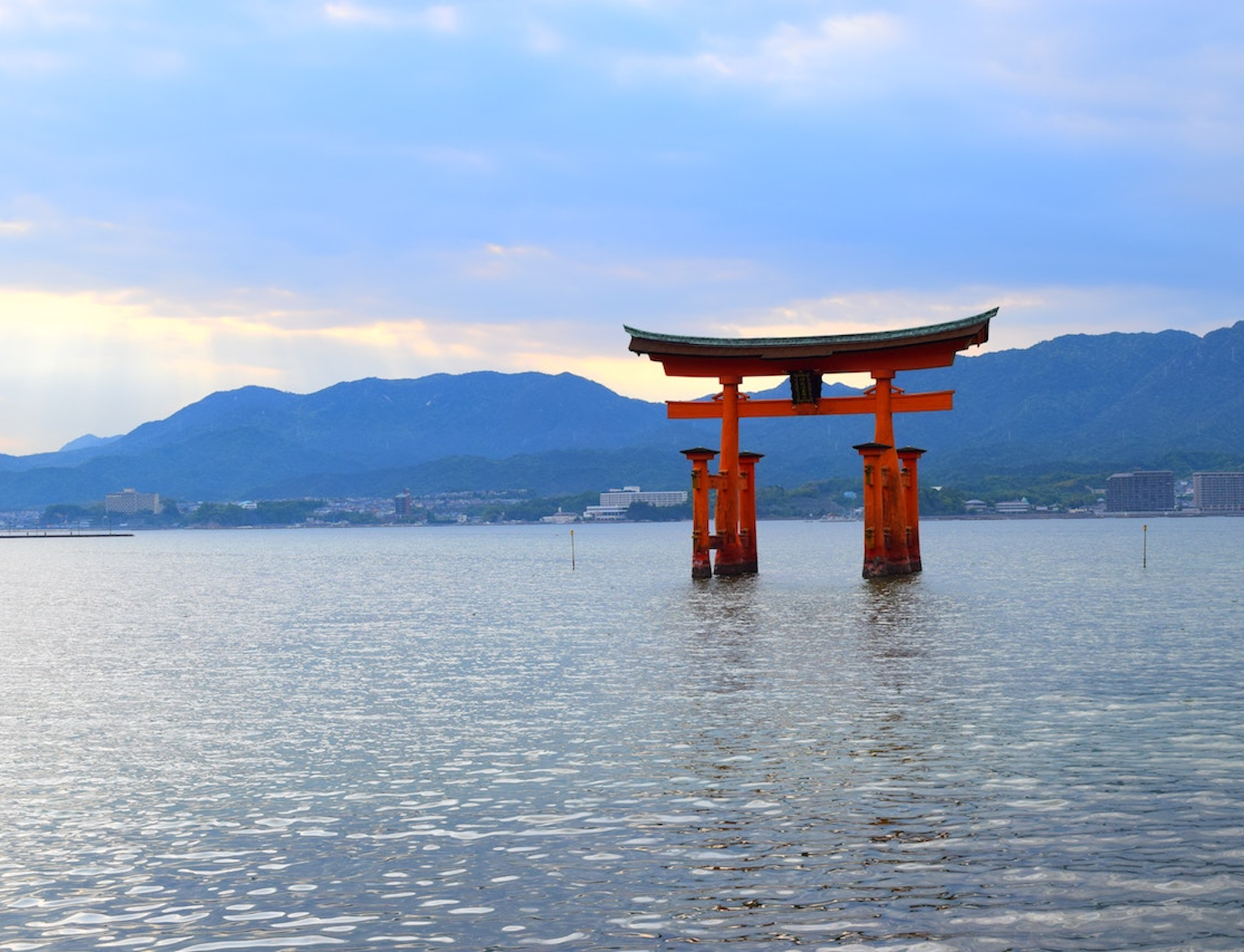
Experience the enchanting beauty of Miyajima Island on a unique rickshaw tour.

For outdoor lovers, hiking Mount Misen is a must. The Miyajima Ropeway will take you near the summit, where you can enjoy spectacular views of the island and the Seto Inland Sea.
Once at the top, the Shishiiwa Observatory offers unparalleled vistas. Whether you prefer a leisurely hike or a quick cable car ride, the mountain delivers an experience of nature and tranquility.
While you're there, take advantage of Daisho-in Temple, one of Miyajima's most sacred Buddhist temples.
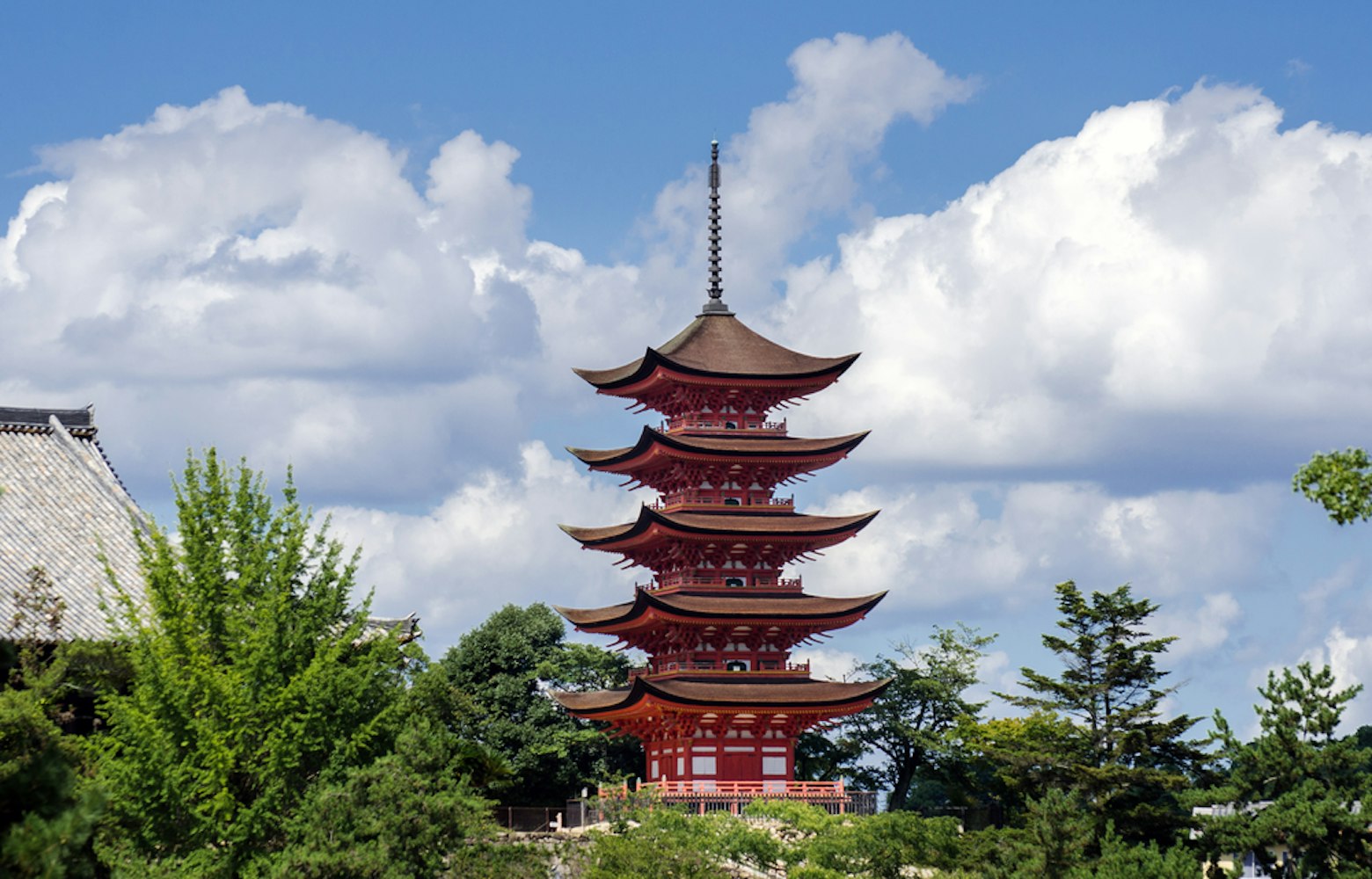
The five-story pagoda (Goju-no-to) on Miyajima Island is a stunning example of traditional Japanese architecture, blending Japanese and Chinese styles. Built-in 1407, this vibrant vermillion structure stands about 28 meters tall and symbolizes the island's rich cultural heritage.
It is located near the Senjokaku Pavilion, also known as Toyokuni Shrine, creating a picturesque historical tableau. The pagoda is particularly striking during all seasons, with cherry blossoms framing it in spring and maple leaves providing a brilliant red backdrop in autumn.
Whether viewed from below or amidst the trees, it offers photographers and visitors an awe-inspiring sight.
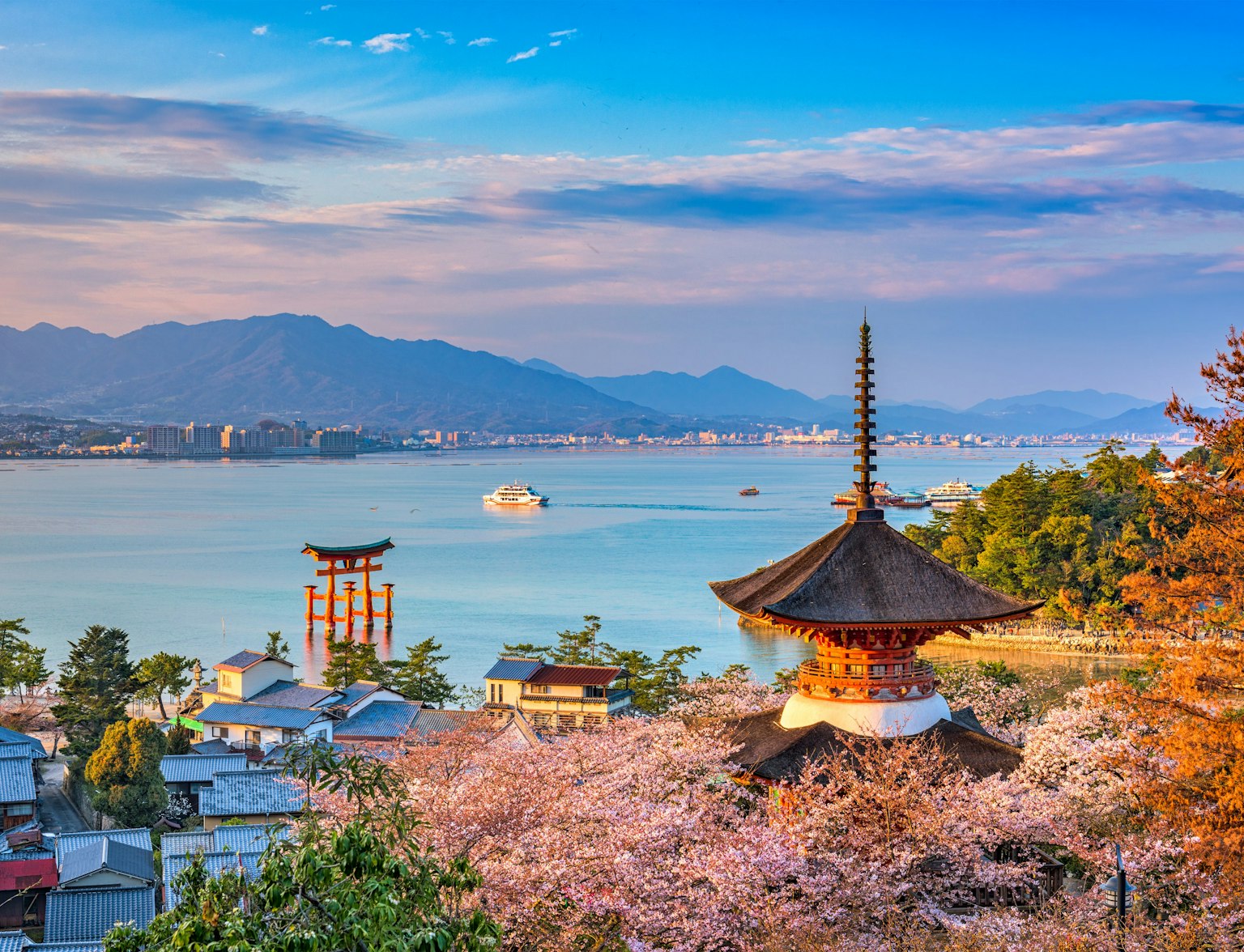
Uncover the mystique of Miyajima Island with this tour.
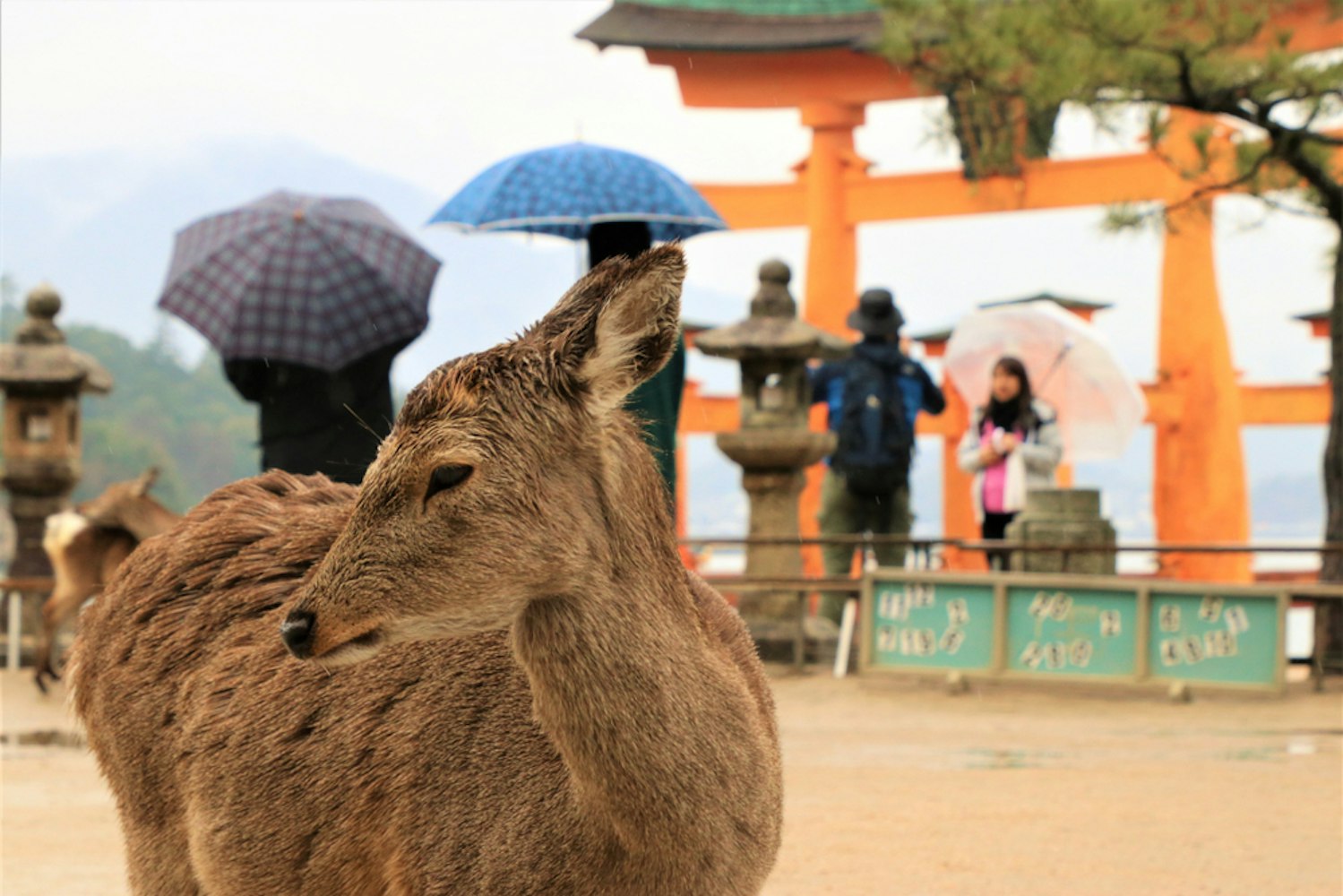
When visiting Miyajima, you'll encounter the friendly sika deer roaming freely around the island. These wild deer hold a significant place in Shinto religion, where they are considered sacred and believed to be messengers of the gods.
Once upon a time, killing a deer here was punishable by death. While these deer are gentle and accustomed to human presence, they are wild animals and should not be fed, as human food can harm them.
Due to their overpopulation, there have been efforts to protect animals and visitors by minimizing interaction.
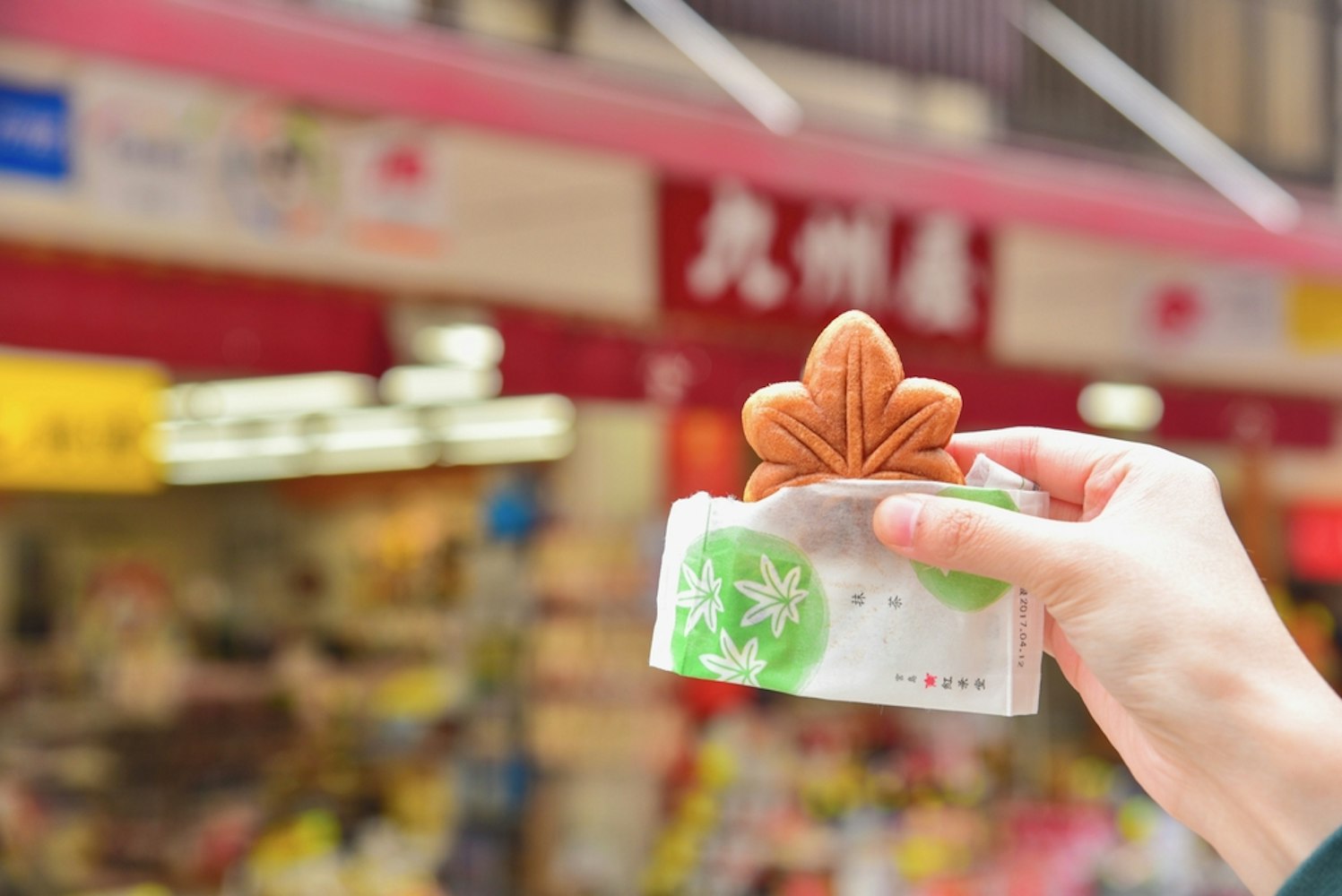
A visit to Miyajima offers a delightful culinary experience, showcasing some of the island's unique local delicacies. Among the highlights are Momiji Manju, sweet cakes shaped like maple leaves, traditionally filled with red bean paste, although other flavors like custard, chocolate, and chestnut are also popular.
Grilled oysters are another must-try, as Miyajima has a long history of oyster farming, and you can savor these plump delicacies at various food stalls and restaurants along Omotesando Shopping Street. Don't miss trying anago-meshi—grilled conger eel served over rice—another island favorite.
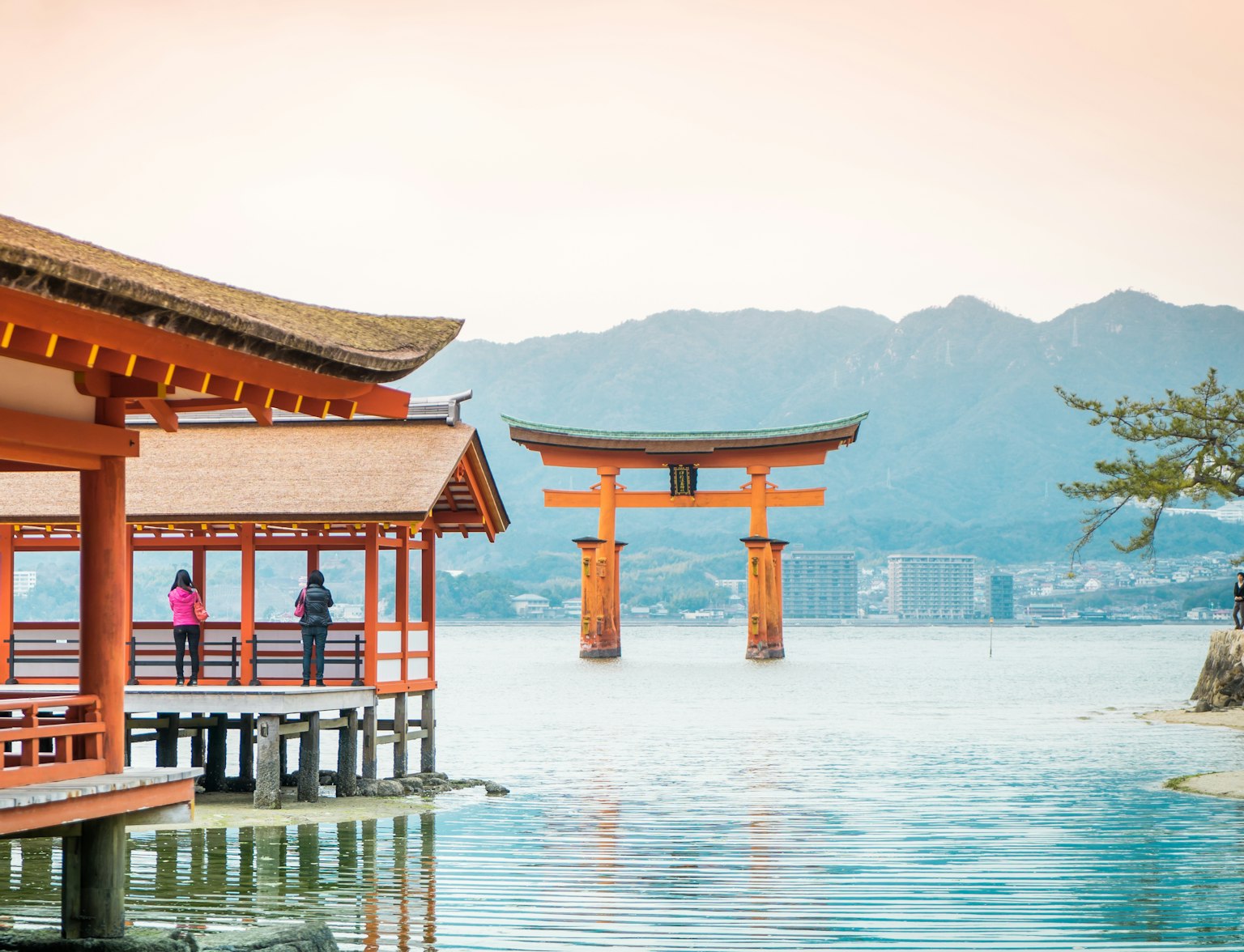
Uncover Hiroshima's tales on a full-day private tour.
Reaching Miyajima Island is relatively straightforward. The island is accessible by ferry boat from Miyajimaguchi Station.
Visitors can take a JR or private ferry ride, offering short rides with stunning views of the Seto Inland Sea. The JR ferry is complimentary for JR Pass holders, adding extra convenience to your trip to Japan.
If you're traveling from Hiroshima Station, you can take a short walk to the ferry terminal from Miyajimaguchi Station. From there, it's a mere 10-minute ferry ride across the calm waters to Miyajima pier. For those visiting by bullet train, there are also convenient transfers from Hiroshima City.
Once you arrive on the island, you can explore most attractions on foot. The island is walkable, and most sights are within a short walk from the ferry terminal.
If you plan to visit Mount Misen, the Miyajima Ropeway offers a convenient and scenic journey up the mountain. For a more leisurely experience, a free shuttle bus transports visitors between key sites, including the ropeway station.
Arrive early: To avoid crowds and enjoy the peaceful atmosphere, plan to arrive early in the day, especially for famous sights like the floating Torii gate and Itsukushima Shrine.
Check the tide schedule: The Torii gate looks different depending on the tide, so if you want to walk up to it, visit during low tide; for the floating effect, visit during high tide.
Use a JR Pass: The JR ferry to Miyajima is free if you have a JR Pass. It offers a scenic and convenient route across the Seto Inland Sea.
Hike or take the ropeway: For the best views, take the Miyajima Ropeway or hike up Mount Misen to see stunning vistas of the island and the surrounding sea.
Stay overnight: Spend the night on the island to experience its tranquil atmosphere after the day-trippers leave.
Respect the deer: Miyajima is home to free-roaming deer, which are accustomed to people but should still be treated with care and not fed human food.
Visiting Miyajima is a memorable experience. It offers a rich blend of Japanese culture, spiritual heritage, and natural beauty.
From the stunning floating Torii gate to the peaceful hikes up Mount Misen, the island has something for every traveler. Whether exploring the ancient shrines, admiring the five-storey pagoda, or enjoying the spectacular views, Miyajima is an unmissable stop on your Japan trip.
With easy access from Hiroshima and plenty to explore, this sacred shrine island promises to leave an everlasting impression on every visitor.
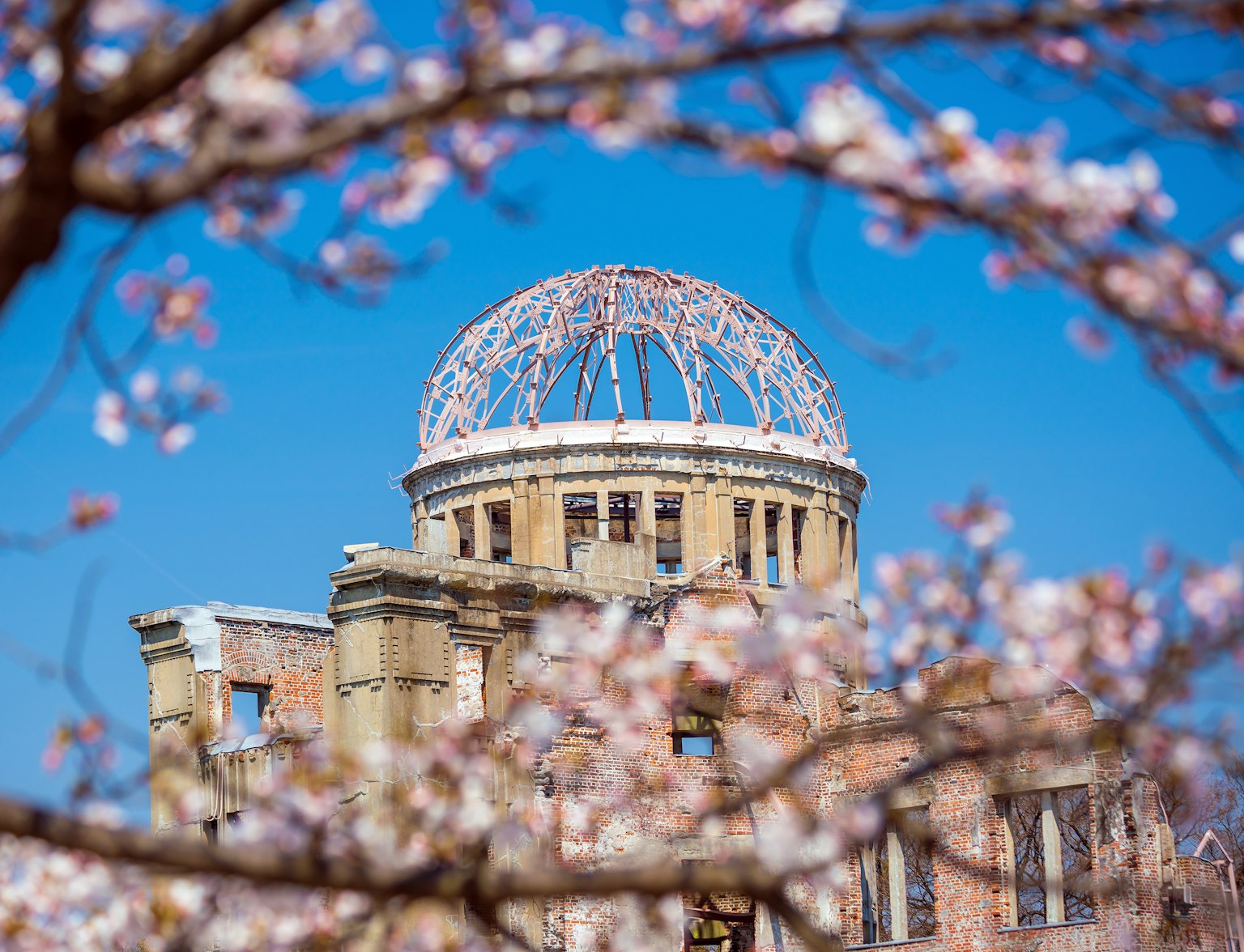
Discover the profound history and natural splendor of Hiroshima and Miyajima with this tour.
